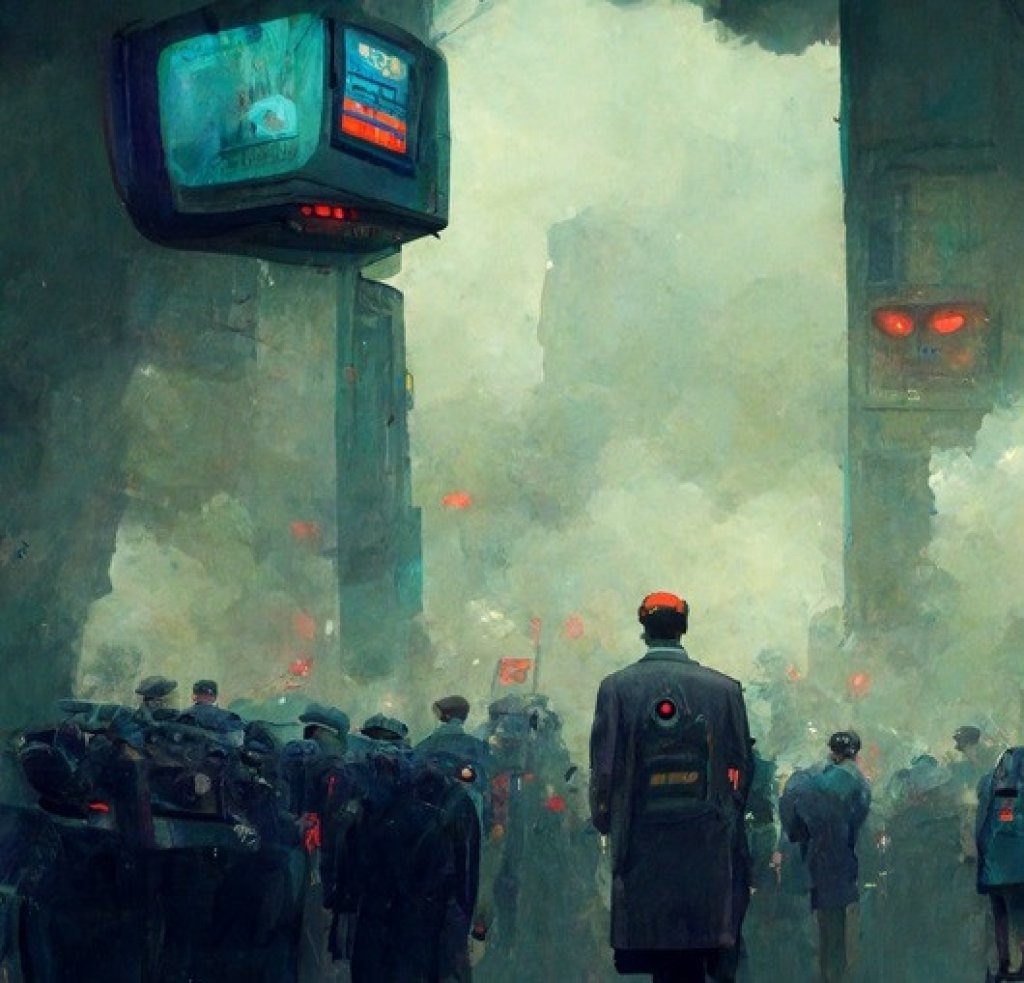Slow check-out queues directly affect customer loyalty and retailers’ profits
In this article we look at the queue-time tolerance levels of consumers and the direct impact slow-moving queues have on transaction levels. We consider how retailers are taking advantage of CCTV camera data to gather real-time information on customer flow, in order to prevent purchase abandonment and generate positive customer experiences.
Queuing is a part of the retail customer experience
It is a widely-held view that that fast-moving queues are an essential part of the customer experience. Consumers regard queue management as something that businesses should pay attention to.
But what are the exact consequences of long or slow-moving queues? Interesting statistics were published in 2023 that summarise behaviour and attitudes towards queuing in countries around the world.
The conclusion is that retailers risk losing revenue and customer loyalty when they do not manage queues efficiently.
A quarter of people (25%) say they would wait a maximum of two minutes to make a purchase. 59% would wait no longer than four minutes, while 73% say they would abandon their purchase if they had to queue for more than five minutes.
The likelihood of purchase abandonment is strongly associated with people’s perception of waiting time and transaction inconvenience. Long waiting times mean that retailers risk losing consumers during the final stage of transaction.
In the UK, 86% of consumers say they avoid stores if they perceive the queue to be too long, while 66% have abandoned their purchase because of long queues, with only 22% returning later to make the purchase.
The act of queuing has ripple effects that indicate the levels of frustration and irritability caused just by waiting in line. 19% of shoppers have had an argument with a partner or friend in a queue.
Retailers lose 10% of footfall owing to queues and long or unpredictable waiting times in store.
The benefits of queue management technology
Effective queue management makes a measurable difference to any customer-facing environment.

Reduce customer frustration
Disorderly queues lead to customer frustration and people will avoid joining the queue. At busy times, queues often become longer than the queuing area and interrupt people who are still shopping, which causes annoyance both to shoppers and those queuing.
Increase customer loyalty and retention rates
Consumers have many options if their expectations are not met, such as visiting a competitor or going online. Customer retention is vital as it costs five times more to acquire a new customer than it does to retain an existing one. Memorable queuing experiences are a retail imperative.
Improve staff efficiency to increase sales and profitability
Manual queue monitoring and management is resource-heavy, inconsistent and expensive. Herding and re-directing customers, opening and closing check-outs, do not make good use of staff time.
Optimise costs
Intelligent queue management systems enable retailers to understand customer flow and actionable data enables operators to manage events quickly and positively.
Facit’s Smart Queue optimises CCTV data
Facit’s Smart Queue enables retailers around the world to take full control of check-out queues. Retailers are able to put rules in place to open check-outs and move queues when abandonment risk thresholds are reached, simply by acting on real-time data captured on their installed CCTV cameras.
Smart Queue means that retailers can optimise staff and resources – and better serve customers – according to proven metrics, rather than relying on a member of staff’s guess work.
Smart Queue works across multiple cameras in a GDPR-compliant manner to calculate check-out waiting times to the second. When a threshold is reached, an alert is sent via text or email, or to the store VMS, or directly to a manager’s headset. Armed with real-time data, staff can make informed decisions, allocate staff to pinch-points – or even close non-productive tills – and directly influence sales.
Retailers can embed predictive alerts in line with 2023 waiting time abandonment statistics in their region. Representative rule settings might be two people queuing for 150 seconds, four people queueing for 90 seconds, or seven people queuing for 60 seconds.
In other words, retailers can work within known consumer tolerance levels to classify when a store is ‘busy’ and is likely to become ‘too busy,’ which directly translates into improved customer loyalty and profitability.



